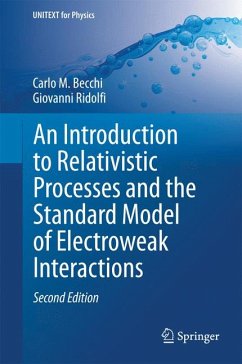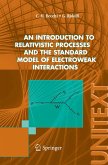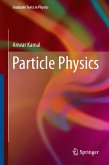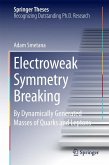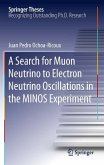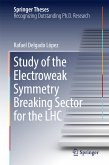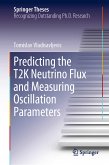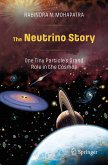The first part provides an introduction to scattering in relativistic quantum field theory. Thanks to an original approach to relativistic processes, the relevant computational techniques are derived cleanly and simply in the semi-classical approximation. The second part contains a detailed presentation of the gauge theory of electroweak interactions with particular focus to the processes of greatest phenomenological interest.
The main novelties of the present second edition are a more complete discussion of relativistic scattering theory and an expansion of the study of the corrections to the semi-classical approximation, including important processes in LHC physics. The extension of the standard model to include neutrino masses and oscillations is also discussed, and updated with new results.
Dieser Download kann aus rechtlichen Gründen nur mit Rechnungsadresse in A, B, BG, CY, CZ, D, DK, EW, E, FIN, F, GR, HR, H, IRL, I, LT, L, LR, M, NL, PL, P, R, S, SLO, SK ausgeliefert werden.

